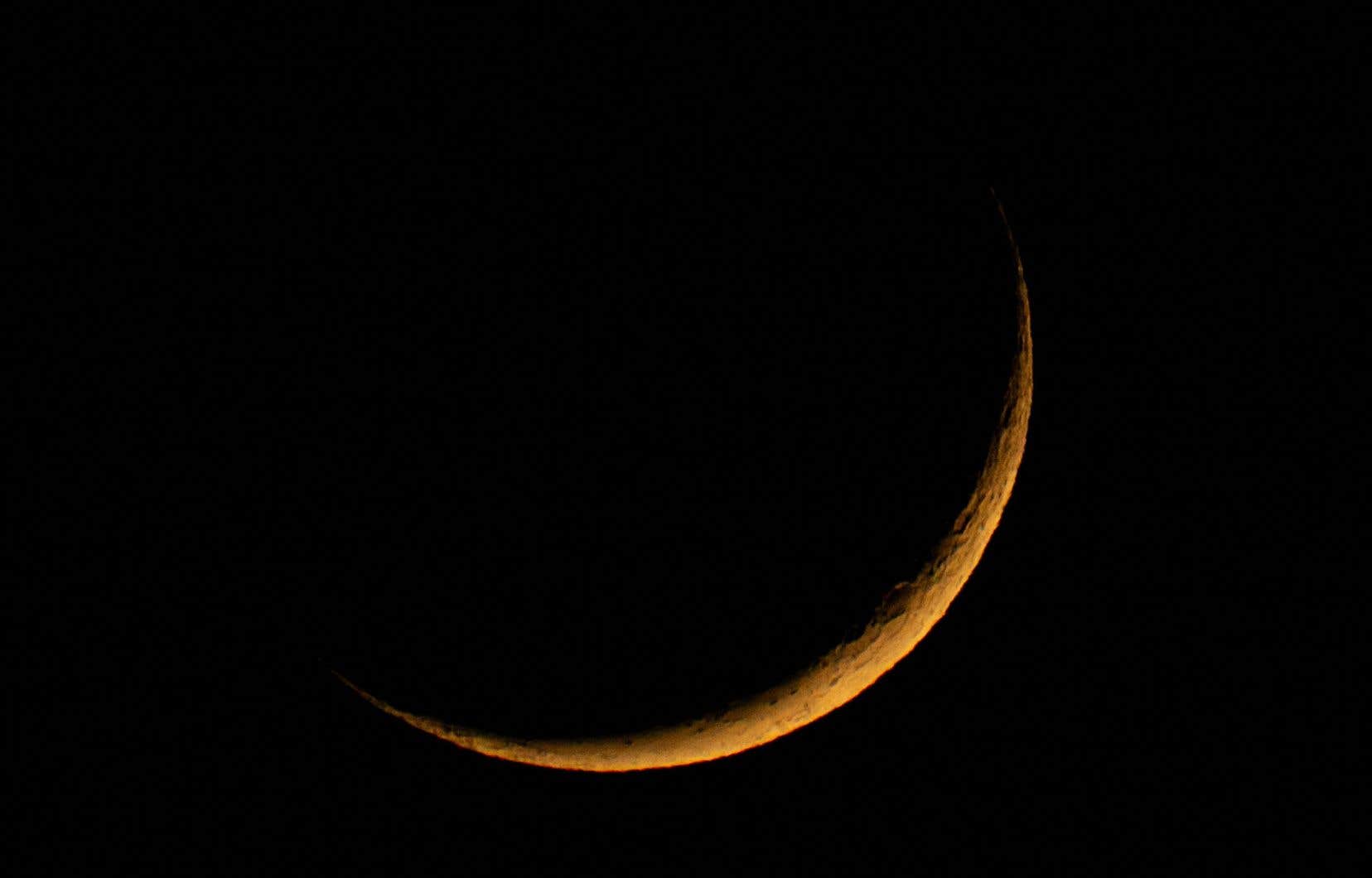After the failure of the first American company’s moon landing attempt last month, another company must take off from Florida for the Moon on the night of Tuesday to Wednesday, in turn carrying the hope of becoming the first firm private to succeed in landing there.
The mission, named IM-1, sends a lander more than four meters high developed by the Texan company Intuitive Machines, founded in 2013.
The craft will be launched by a SpaceX Falcon 9 rocket, scheduled to lift off from the Kennedy Space Center at 12:57 a.m. Wednesday.
Shortly after liftoff, the lander must detach from the upper stage of the rocket and be powered up. Then communication must be established with the Intuitive Machines control room, located in Houston, Texas.
This is the first lunar attempt for this company, but the second under NASA’s new CLPS program, which has commissioned private companies to take scientific equipment to our natural satellite, in order to prepare for it. the return of astronauts.
In January, the Astrobotic company failed to reach the Moon due to a fuel leak, and its lander had to be deliberately destroyed in flight.
NASA assumes the risk of failure of these missions, entrusted to young companies, stressing that it is aware that not all of them will succeed. But the game is worth it, according to her: by being a simple customer on board vehicles that do not belong to it, the space agency says it can send more equipment, more frequently and for less money.
This is “a pivotal moment in space exploration, where private companies play an increasingly vital role,” said Intuitive Machines.
In addition to six NASA instruments, the moon lander also carries six private cargoes, including sculptures by contemporary artist Jeff Koons representing the phases of the Moon.
Next week
If everything works correctly, the lander will attempt to land on the Moon next week, February 22.
It would be the first American device to do so since the end of the Apollo program, more than 50 years ago.
The model of this lander is named Nova-C, and the example used for this first mission was named Odysseus.
The planned landing site is a crater near the Moon’s south pole, which is still little explored.
The six instruments of the American space agency on board should make it possible to study this particular environment.
Four cameras will, for example, observe the descent phase and the dust projected during landing, in order to compare its effects to those of the Apollo moon landings, carried out closer to the equator.
The Moon’s south pole is important to NASA because it’s where the space agency wants to land its astronauts as part of the Artemis missions. The reason: there is water there in the form of ice, which could be exploited.
But with the Sun permanently low in the horizon, it can also be extremely cold.
“Because the environment is very harsh, this will give us a reference point to understand how solar panels and instruments work there,” Susan Lederer, head of the scientific part of the program, said at a press conference on Monday. CLPS.
The Artemis 3 mission, which will be the first manned mission to land there, is now planned for 2026.
Flourish of missions
The contract signed by NASA for this first Intuitive Machines mission amounts to $118 million.
Two other missions from this company to the Moon, IM-2 and IM-3, are planned for this year.
NASA is the “primary customer” each time, said Trent Martin, vice president in charge of space systems for the company.
In addition to Intuitive Machines and Astrobotic, a third American company, Firefly Aerospace, is also due to attempt the adventure in 2024.
Tests by other companies, Israeli and Japanese, ended in crashes in 2019 and 2023.
However, national agencies have managed to land on the Moon recently: India this summer, then Japan in January. They thus became the fourth and fifth countries to succeed in the operation, after the Soviet Union, the United States and China.
